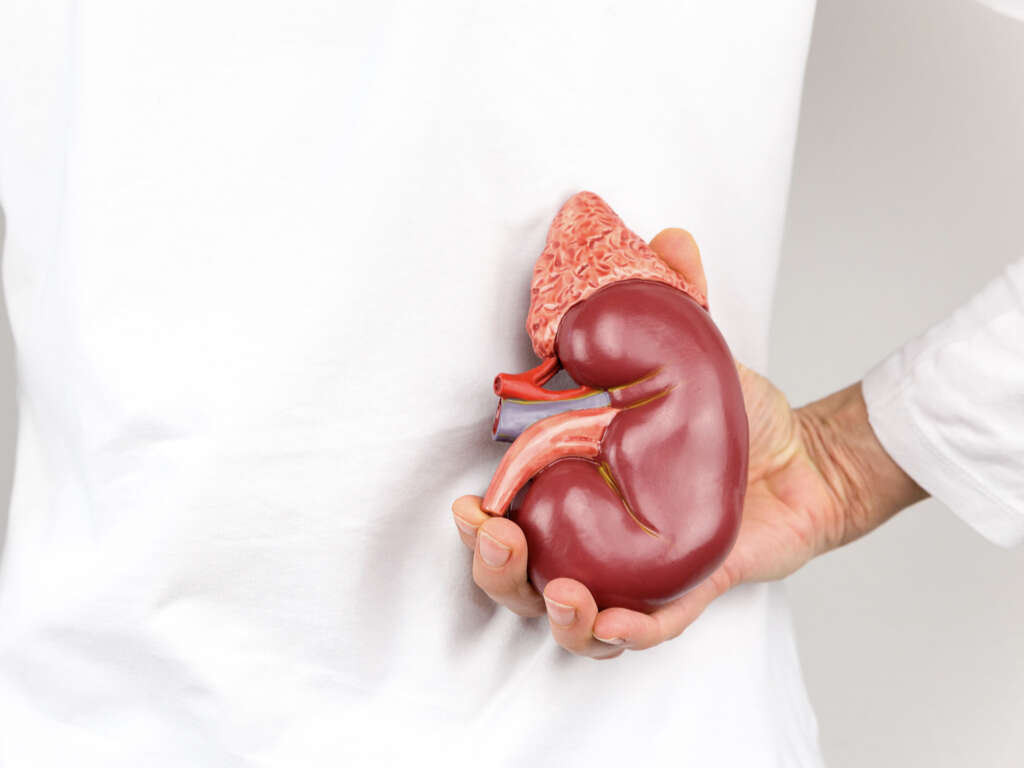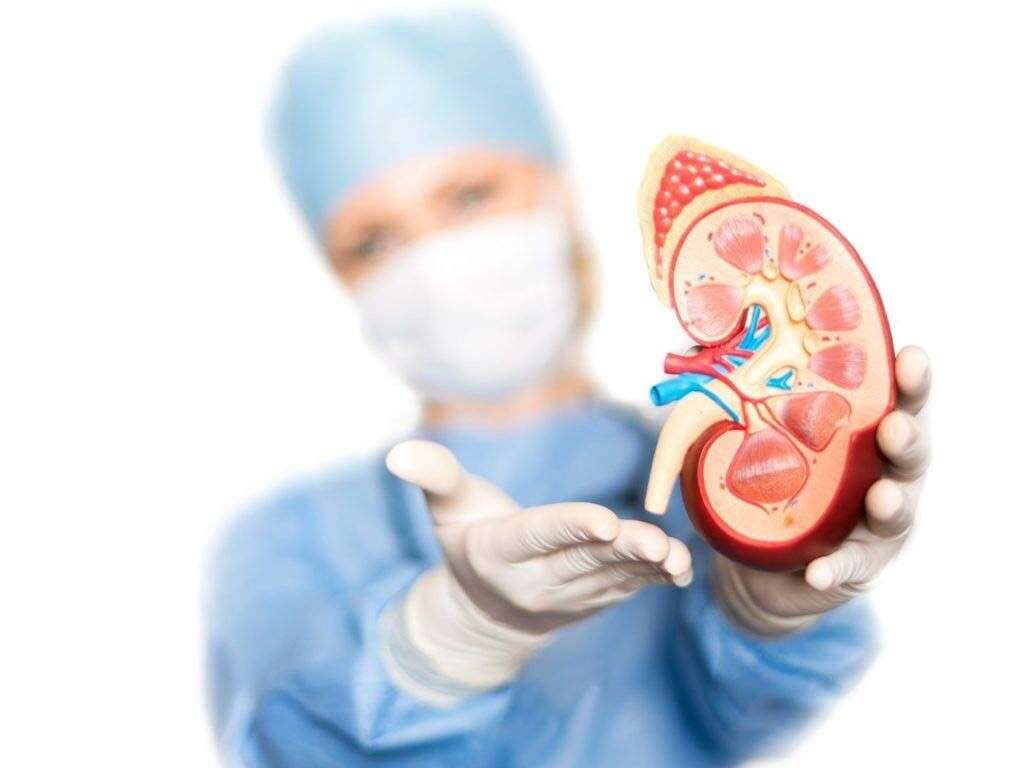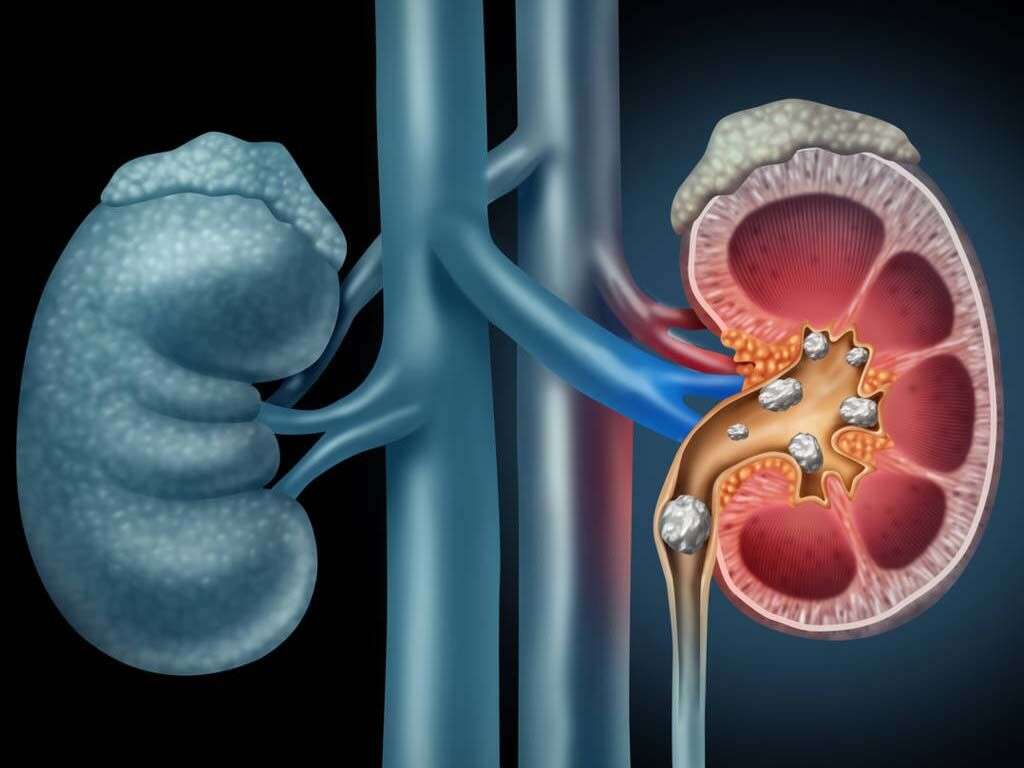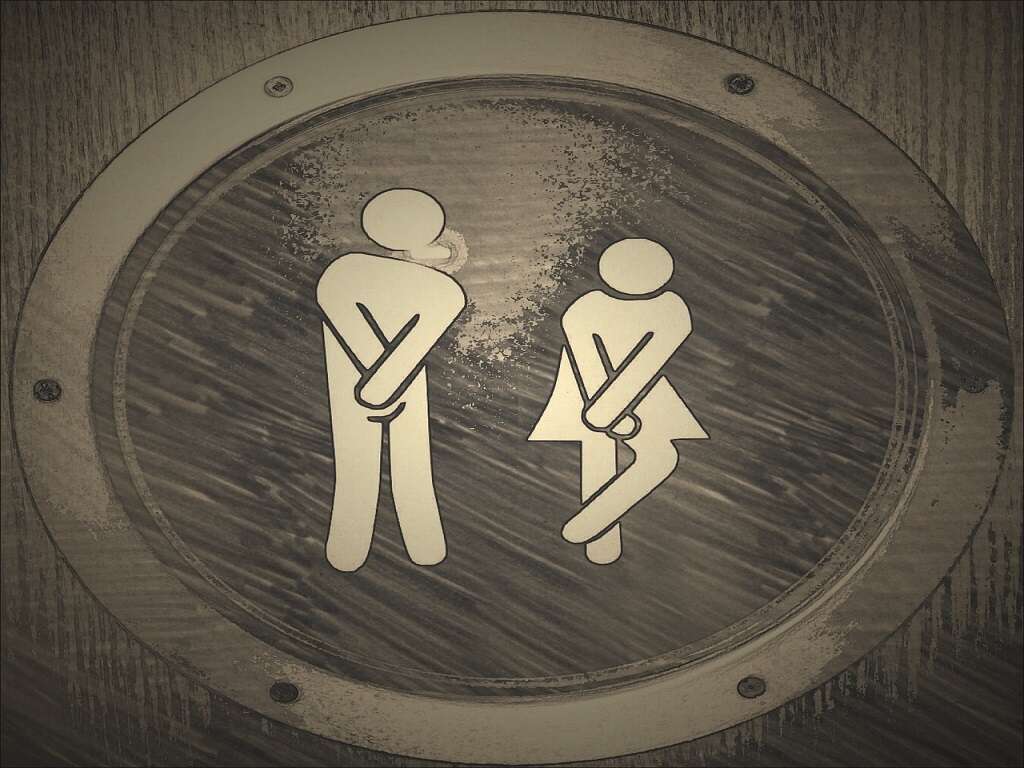What Do Kidneys Do?
The kidneys are two bean-shaped organs located below the ribs and on either side of your spine. They are relatively small organs about the size of a fist and typically weigh between 4 and 6 ounces. The right kidney is generally slightly smaller than the left one in order to make space for the wider part of the liver.
Despite their size, the kidneys receive 20 to 25 percent of the hearts total blood output. The blood enters the kidneys through the renal artery, and leaves through the renal vein. Furthermore, each kidney is attached to a tube called the ureter, which carries urine from the kidneys into the bladder. Kidneys are important body organs that help maintain a comfortable internal environment. So, what do kidneys do?
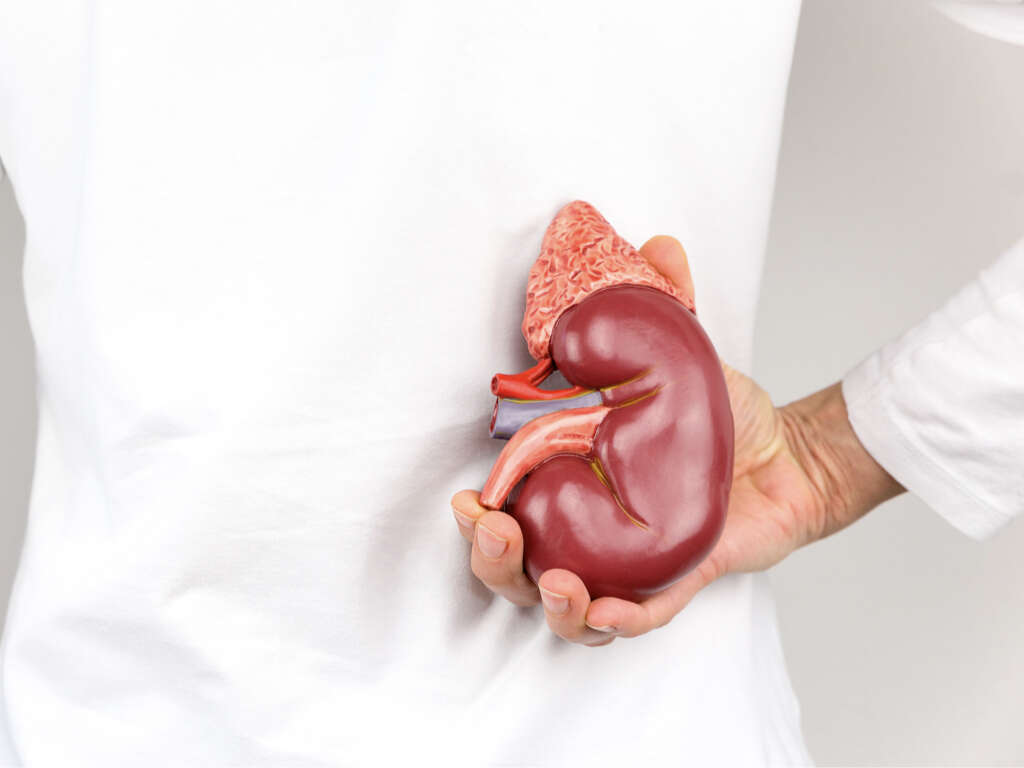
1. Filtration of Blood and Excretion of Waste
A single kidney contains about a million nephrons. Each nephron is a complete filtering unit made up of the glomerulus and a tubule. Blood enters the kidneys through the renal artery and branches into smaller vessels until it reaches the nephrons. Inside these filtering units, the blood is directed into the glomerulus, which is made up of a group of tiny blood vessels. As blood goes through the glomerulus, its thin walls allow waste, water, and smaller molecules to pass into the tubule. However, bigger particles such as blood cells and proteins remain in the blood. As the filtered mixture of smaller particles go through the tubule, reabsorption of nutrients occurs and the remaining fluid is excreted into the bladder as urine.

2. Reabsorb Nutrients
As filtration happens to remove waste and excess water from blood, the kidneys return some important nutrients back into the bloodstream. The reabsorption process takes place inside the kidneys nephrons. Nutrients such as water, glucose, and amino acids removed during glomerular filtration are returned into the blood through the renal tubules.
This reabsorption happens through passive transfer, where the nutrients move from the place of high concentration in the proximal tubule into the capillaries surrounding the tubule where they are in lower concentration. In the case where larger molecules get into the urine during the passive transfer, their electrolyte polarity determines reabsorption. Ionized substances remain in the tubule to be excreted as urine while lipid soluble substances are reabsorbed into the blood.
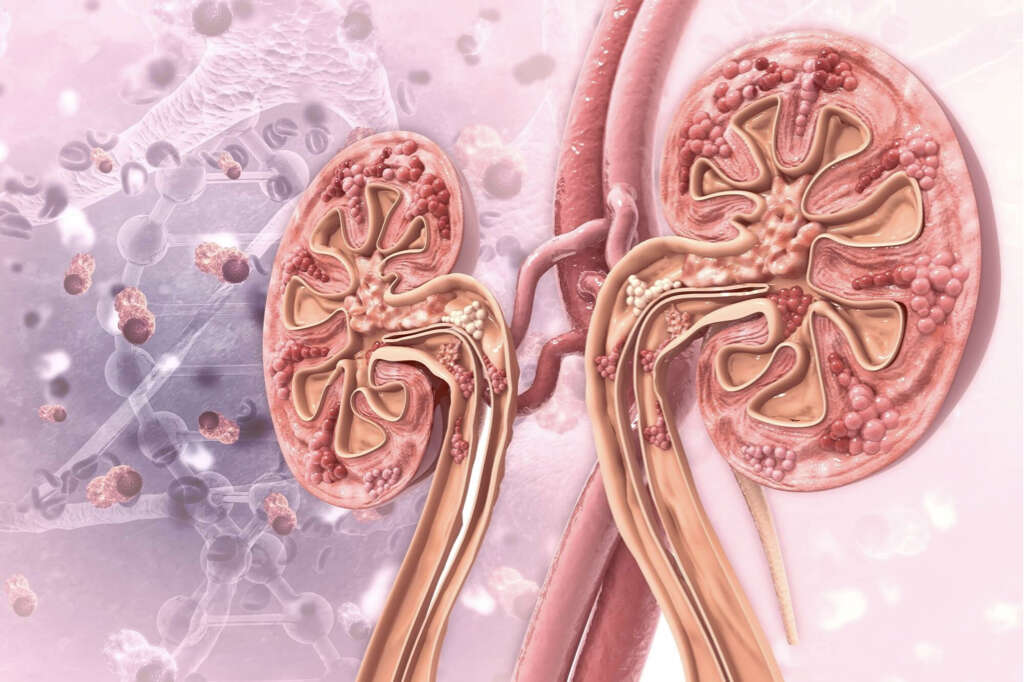
3. Osmolarity Regulation
Osmolarity is a measure of how many particles are dissolved in a specific volume of fluid. Osmolarity is important within the body because cells cannot survive when the osmolarity of their surrounding differs from their own.
Kidneys maintain this balance by regulating the volume of water contained in the body. Depending on whether the water level is low or excessive, the kidneys control the amount lost through urine.

4. Regulate Body Fluid Levels
Regulation of body fluids is controlled by a hormone called the antidiuretic hormone (ADH), produced in the hypothalamus. When the level of water within the body is low, osmoreceptors in the hypothalamus are triggered to produce ADH, which makes you thirsty.
And when the water levels rise above the normal, the hypothalamus stops producing ADH, which then signals the kidneys to allow for increased fluid loss.

5. Maintain Normal Body pH
For many physiologic processes to take place efficiently, the body’s pH must remain within a specific pH range. To achieve this, the body has various mechanisms that take place in the kidneys to prevent fluctuations in pH. These mechanisms come in two forms: those that prevent minute-to-minute fluctuations in pH throughout the day, and those that maintain the right pH from one day to the next.
Short term fluctuations are prevented when the kidneys reabsorb bicarbonate, and prevent its loss through urine. This maintains the level of the substrate in plasma and therefore prevents minute-to-minute fluctuations. The other process involves bicarbonate regeneration. This restores your body’s supply of bicarbonate, which then maintains the right pH.
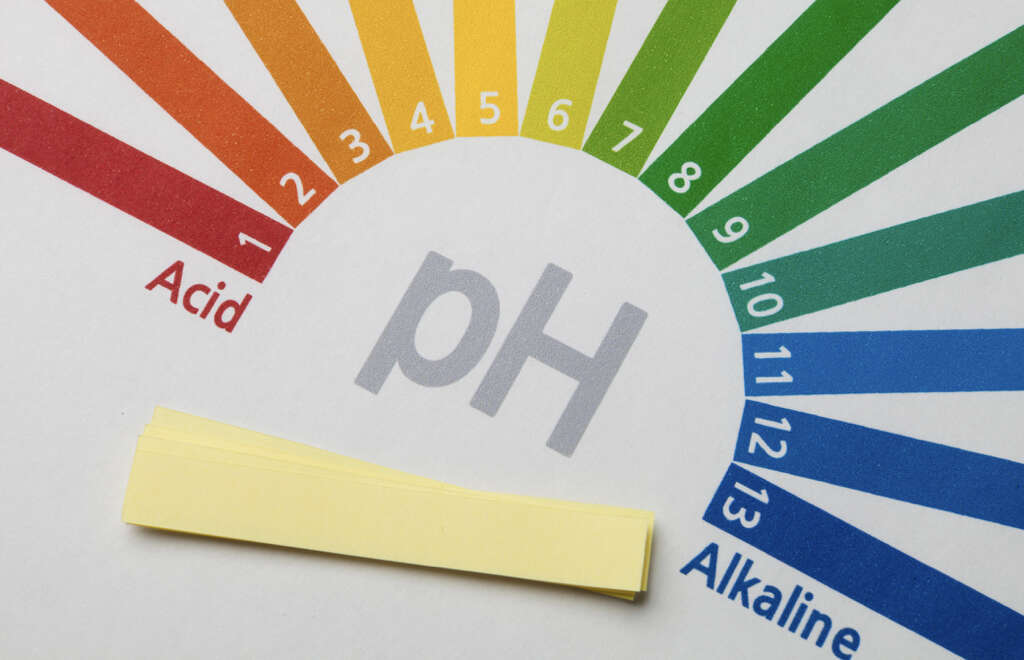
6. Regulate Blood Pressure
Kidneys also help to maintain the right arterial blood pressure. When your blood pressure is high, extra strain is placed on your heart and arteries. With time, this strain causes the arteries to thicken and become less flexible. Furthermore, the arteries will get narrower, and more likely to be clogged up.
This can lead to stroke, heart attacks, dementia, or heart disease. The kidneys regulate blood pressure by reducing or increasing the volume of body fluid.
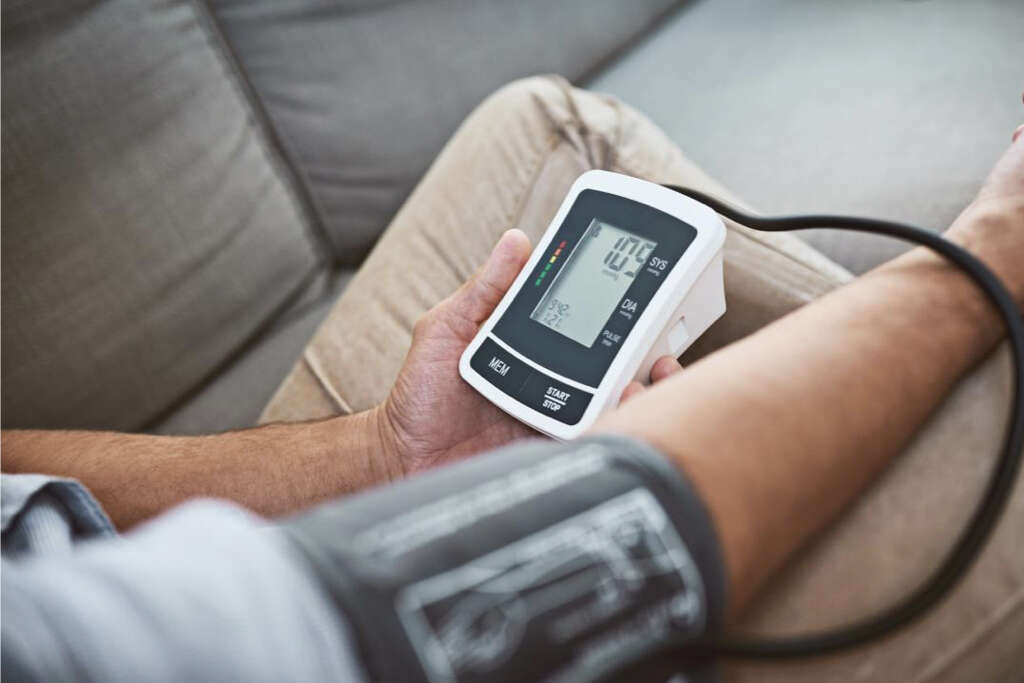
7. Production of Renin
Renin is an important enzyme produced by the kidneys. The enzyme can also be considered a hormone since it contains a receptor. It is an important component of the renin-angiotensin-aldosterone hormonal system. In this system, the hormones work together to maintain the body’s long-term blood pressure.
Production of renin is triggered by the sympathetic nervous system, a drop in arterial blood pressure, or decreased sodium chloride levels within the kidneys.
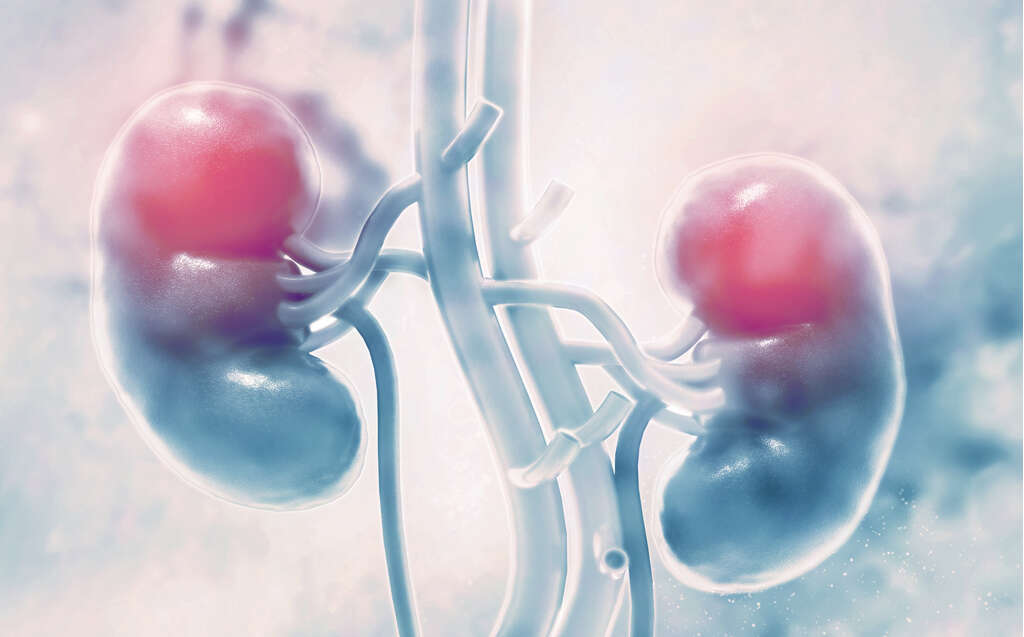
8. Control Production of Red Blood Cells
Kidneys also control the production of red blood cells through a hormone known as erythropoietin, which is produced in the peritubular cells of the kidneys. These cells detect tissue oxygen content as blood flows into the kidneys. When the level of oxygen decreases, the peritubular cells are triggered into producing erythropoietin.
Release of this hormone causes the bone marrow to produce more red blood cells, which increases the oxygen-carrying capacity of blood. Erythropoietin also initiates the synthesis of hemoglobin, which is the oxygen-carrying molecule inside red blood cells.
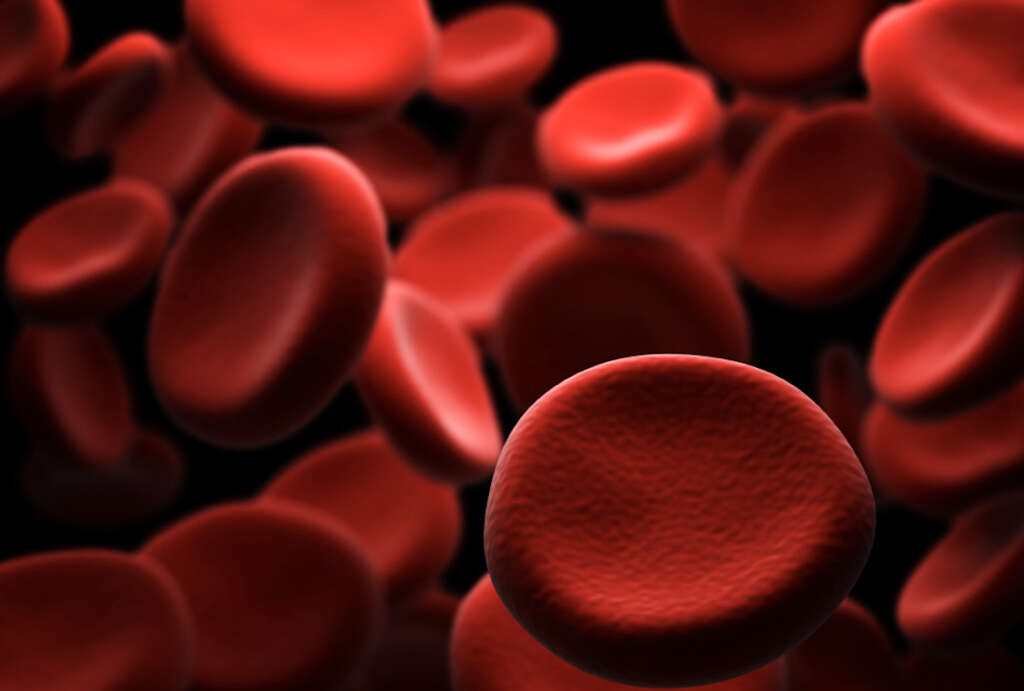
9. Vitamin D Activation
The main source of vitamin D synthesis in the body is sunlight or dietary supplements. This hormone, also known as calcitriol, helps the body to grow and maintain strong, healthy bones by regulating body levels of calcium and phosphorous. However, the body cannot utilize vitamin D in its original form.
Vitamin D has to be metabolized within the body to its biologically active form. The process to metabolize vitamin D takes place in two steps. The first step takes place in the liver, where it is hydroxylated to a substrate known as 25-hydroxycholecalciferol. This substrate is then sent to the kidneys, which activate it to its biologically active form.
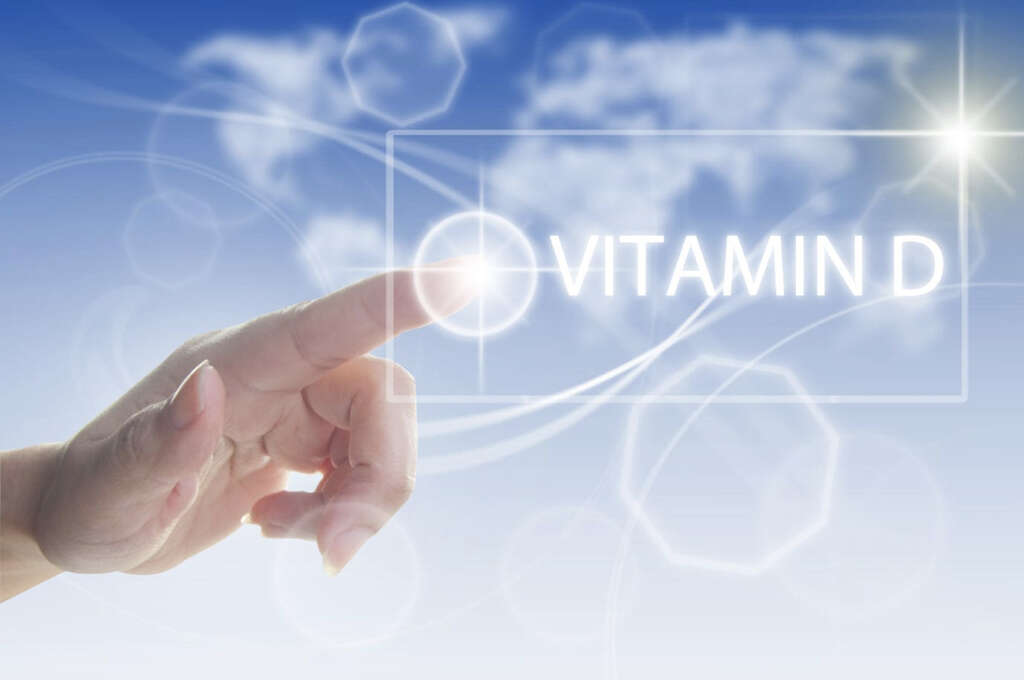
10. Maintain Electrolyte Balance
Electrolytes are electrically charged mineral components called ions, such as sodium and potassium. Ions help control the electric charge of cells, and the flow of water in their membranes. Therefore, electrolytes play an important role in maintaining homeostasis in the body. It is the kidneys function to ensure that the concentration of electrolytes remain constant in spite of the changes that may occur in your body.
For example, electrolytes may be lost through sweating when you are involved in physical activity. In this case, the kidneys will work to replace the lost electrolytes in order to keep electrolyte concentration in body fluids constant.




